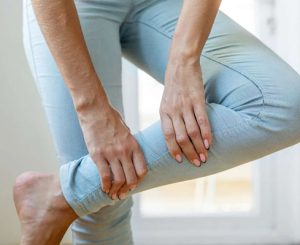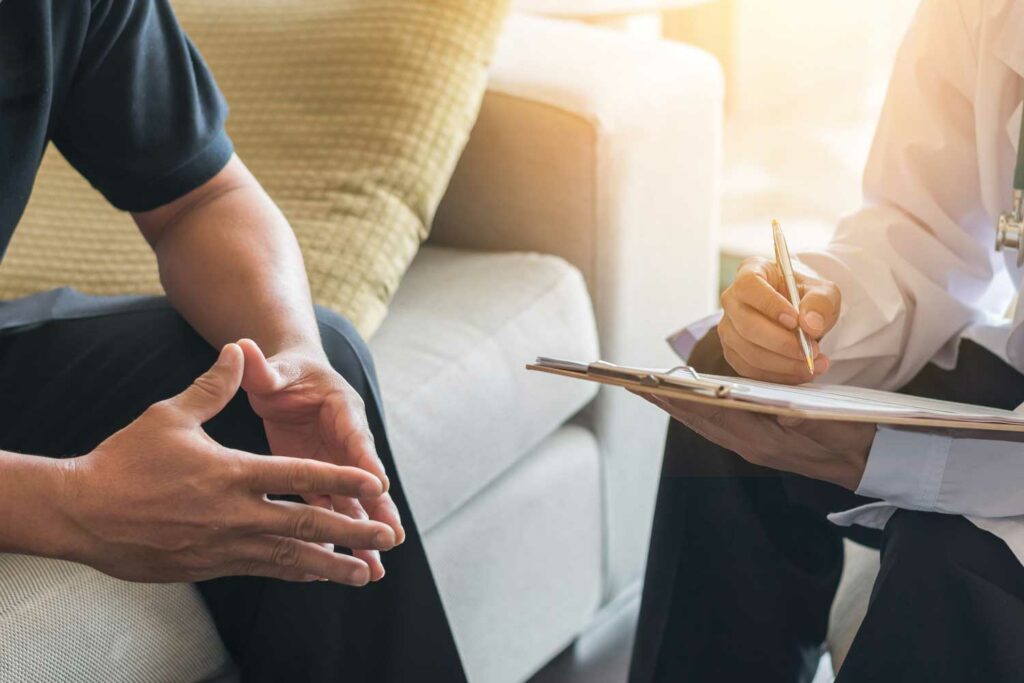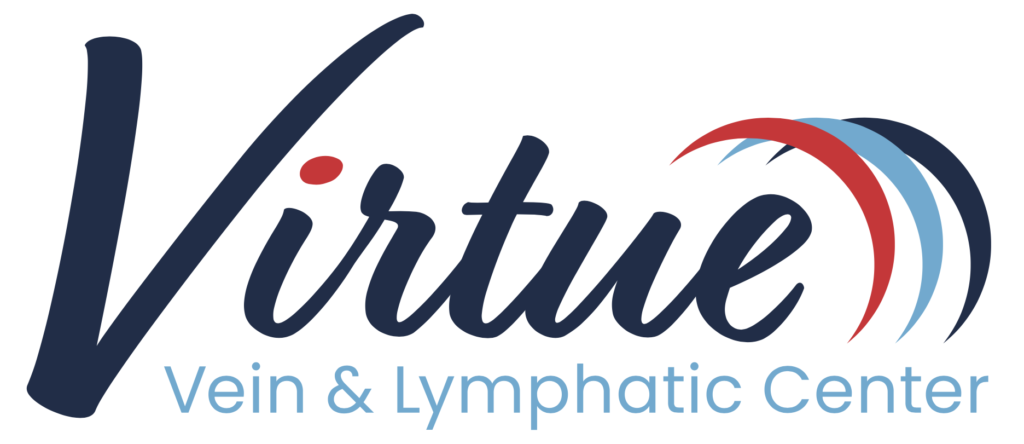Restless Leg Syndrome
Some RLS Is Caused By Treatable Vein Issues
What is Restless Leg Syndrome (RLS)?
Restless Legs Syndrome (RLS), also known as Willis-Ekbom Disease, is a neurological disorder characterized by an irresistible urge to move the legs. This sensation often occurs in the evening or nighttime hours when a person is sitting or lying down. The feelings can typically be temporarily relieved by movement, such as walking or stretching. RLS is a frustrating, difficult-to-describe feeling in the legs (and sometimes the arms) that creates an urge to move your limbs. Sitting still or lying down makes the symptoms worse.

What Causes Restless Leg Syndrome (RLS)?
The exact cause of Restless Legs Syndrome is not fully understood, but several factors are believed to contribute to the condition:
- Genetics: RLS is often seen in families where the onset of symptoms is before age 40, suggesting a genetic component.
- Iron Deficiency: A significant number of people with RLS have a deficiency in iron, even without anemia. Iron plays a key role in dopamine function, which is critical in regulating muscle movements and may be a contributing factor.
- Neurological Changes: Dysregulation of dopamine in the brain is thought to be involved in RLS. Dopamine is a chemical that helps control muscle movement and may be imbalanced in people with RLS.
- Pregnancy: Some women experience RLS during pregnancy, especially in the last trimester. However, symptoms usually resolve on their own within a month after delivery.
- Chronic Diseases: Certain chronic diseases such as kidney failure, diabetes, and peripheral neuropathy often include symptoms of RLS.
Diagnosis of Restless Leg Syndrome (RLS)?
There is no specific test for diagnosing RLS. The diagnosis is usually made based on clinical symptoms, medical history, family history, and ruling out other conditions that might mimic RLS. Sometimes blood tests may be conducted to rule out iron deficiency and other possible causes.
Symptoms of Restless Leg Syndrome
Symptoms of RLS can range from mild to intolerable and typically worsen during rest and at night. Symptoms also include odd sensations in the limbs such as:
- Uncomfortable sensations in the legs, sometimes described as aching, throbbing, pulling, itching, or crawling.
- An overwhelming urge to move the legs to relieve sensations.
- Improvement of symptoms with activity such as stretching, walking, or exercising.
- Worsening of symptoms in the evening or at night.
- Sleep disturbances due to leg movement during rest.
- Creepy, crawling
- Electric
- Pulling
- Throbbing
- Aching
- Itching
The sensations cause a strong desire to move the limbs to get relief. The symptoms improve with exercise and become worse with rest or sleep.
Advanced RLS Treatment Options
If we find the cause to be vein related, such as varicose veins or venous disease, we are able to provide treatment to restore proper blood flow. If the cause is not vein related, we’ll discuss our findings with your primary care physician. Other treatments, if vein issues are ruled out, may include diet and exercise, and potentially medications.
- Iron Supplementation: For people with low iron levels, taking iron supplements might improve or eliminate RLS symptoms.
- Medication: Medications that increase dopamine levels in the brain, such as those used to treat Parkinson’s disease, can be effective in reducing RLS
symptoms. Other medications, including certain anticonvulsants, benzodiazepines, or opiates, are used for more severe symptoms.
- Lifestyle Changes and Home Remedies: Regular exercise, good sleep hygiene, and avoiding caffeine can help alleviate symptoms.
- Compression: Sometimes, wearing compression socks or wraps during the day can help.

Seek Help for Restless Leg Syndrome
People are sometimes hesitant to see a doctor for RLS, because the symptoms seem odd and unbelievable. We know those sensations are real. If your legs are causing you to lose sleep and interfere with quality of life, it’s time to find relief.
Get Treated Sooner
Because we’re highly specialized in RLS with seven treatment locations in the St. Louis area, we’re able to schedule your exam and treatment much sooner than other facilities. Call us at 314-849-0923 or complete this contact form to get started.
Schedule a Consultation
What To Expect
Consultation
When you arrive, you’ll complete a new patient form, which will ask you to list all your current medications. Wear or bring a pair of shorts for the exam, or we can provide a pair. Then we’ll take your vital signs. Dr. Krikorian will discuss your concerns, examine your legs and perform an ultrasound to determine if a vein issue is causing your symptoms.
Procedures
Dr. Krikorian may prescribe medications, or perform a vein procedure. See advanced treatment options above.
Recovery
We’ll schedule a follow up visit 1-2 months after you start your medications or have a procedure.

"No More Pain"
MaryAnn R.

"I Walked 2 Miles the Next Day!"
Shirley M.

"They Listen Very Well!"
Jeff K.

"Very Knowledgable!"
Happy Patient

"My Leg is Feeling So Much Better!"
Marlene G.
Restless Leg Syndrome FAQ
If you are frequently disturbed by the feelings in your legs (or arms) especially when resting, and the only relief you find is with movement, it’s very possible you have RLS.
We will pre-certify any procedure or test prior to your appointment time to ensure it is a covered benefit through your plan.
Unless we find further venous issues, treatment for RLS usually consists of medications.
RLS may return if the cause is something venous related and it requires a procedure.
Unfortunately, no.

